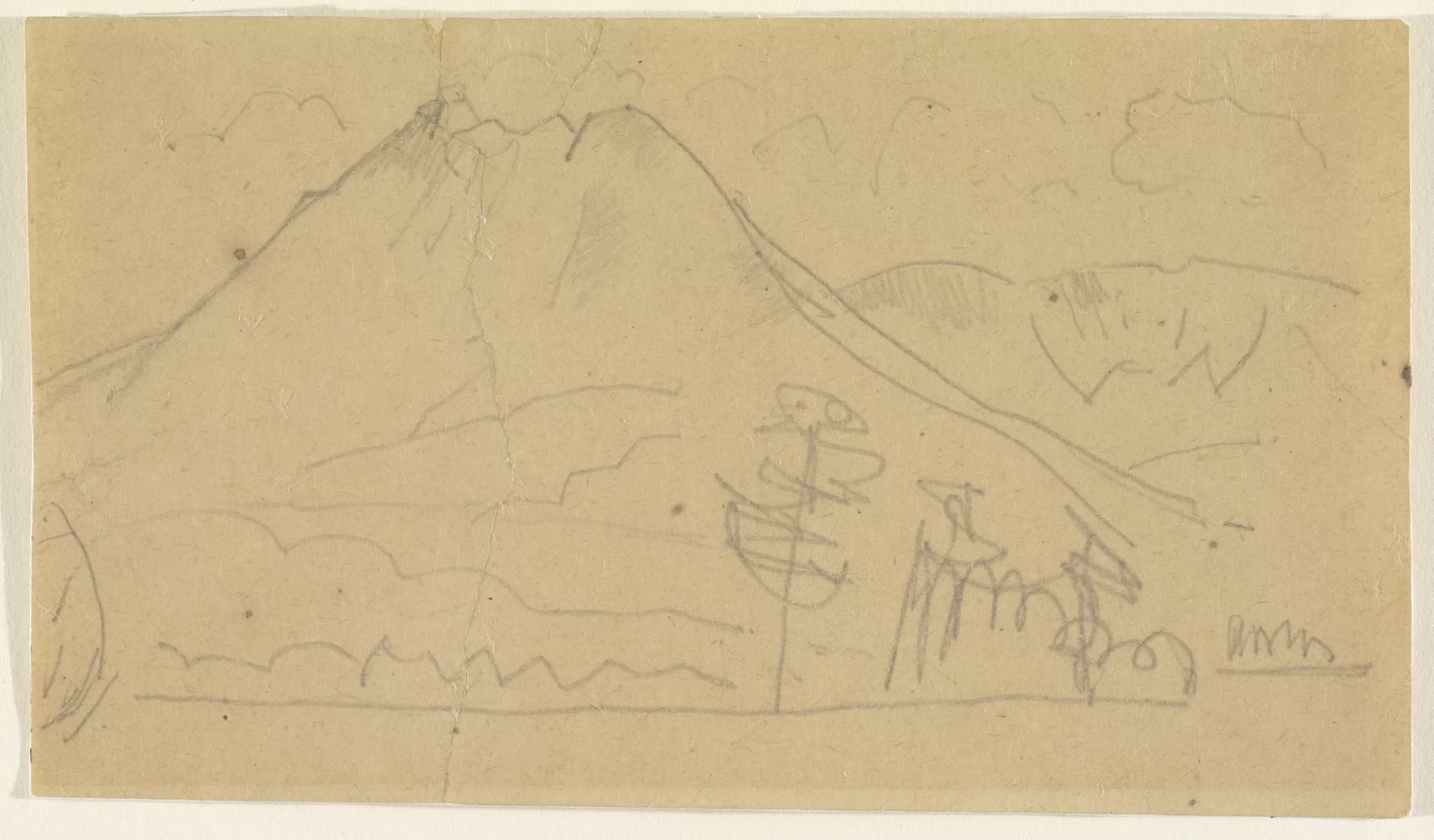
Marsden Hartley: Image and Identity
Seminar Gallery, June 12 – December 18, 2004
Born in Lewiston, Maine in 1877 to immigrant parents, Marsden Hartley achieved recognition as a painter and poet late in life. In a letter dated December 20, 1942, Hartley wrote to his favorite niece Norma Berger, “When I am no longer here my name will register forever in the history of American art.” Evidence of the artist’s efforts to establish his name and to fix himself in the collective memory of the public, his friends, and family, can be found throughout the Bates College Museum of Art’s collection. Hartley’s personal archive not only provides a wealth of information about the artist’s life, relationships, and interests, but demonstrates his attempt to construct both a personal history and a public identity.
Hartley was fascinated with autobiography from the early stages of his career. Through self-portraiture and prolific writing, he chronicled his life partly in an effort to prove to himself that it had been worthwhile. Friends and acquaintances often described the artist as lonely, anxious, frustrated, gloomy, and bitter – yet lighthearted and affectionate “when he thought he was being liked or loved.” In a life largely spent unsettled, collecting photographs of others, and sharing images of himself was a way to maintain relationships and initiate new ones. Hartley’s ongoing struggle to find his place – geographically, philosophically, artistically, and as a gay man – is documented in his writing, reflected in his work, and revealed through a study of his archive.
Along with 99 drawings, the Marsden Hartley Memorial Collection contains a large number of photographs, including personal snapshots, formal portraits, and studio reference materials. As part of the Museum’s collection of Hartley ephemera, these images function as important documents of his life, interests, and studio practices. Hartley recognized the power of the photographic image and believed in the “honesty” of the medium and its ability to communicate, which he attempted to control. Photography allowed the artist to portray himself in any image he desired: New York modernist, European aesthete, native Mainer.
As a teaching institution, the Bates College Museum of Art presents this exhibition as a means to consider the variety of histories that intersect within this archive – the collection of a local artist whose life and work has had a global influence.
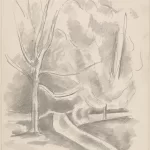
Marsden Hartley, Untitled (Forest Road), c. 1927, 12 1/8 x 9 in., graphite on paper, Bates College Museum of Art, 1955.1.20 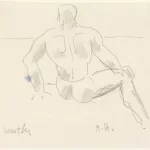
Marsden Hartley, Wrestler, c. 1940, graphite on paper, 4 3/4 x 7 1/4 in., Bates College Museum of Art, 1955.1.60 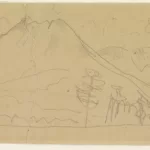
Marsden Hartley, Untitled (Mount Katahdin), c. 1939-40, graphite on paper, 3 x 5 in., Bates College Museum of Art, 1955.1.49 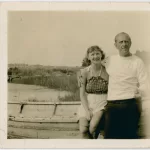
Unknown Photographer, Marsden Hartley and Norma Berger, c. 1940 photograph, 2 5/8 x 2 1/2 in., Bates College Museum of Art, 1955.1.124 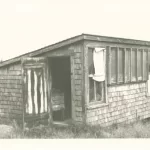
Unknown Photographer, Hartley’s studio in Corea, Maine, c. 1942-43, photograph, 4 x 5 in., Gift of Chenoweth Hall and Miriam Cowell, Bates College Museum of Art, 1996.8.1 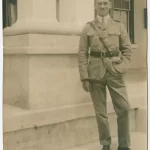
Unknown Photographer, GT Keech, 2nd Lieutenant, 4th Royal Scots, n.d., photograph, 5 3/8 x 3 in., Bates College Museum of Art, 1955.1.190.2